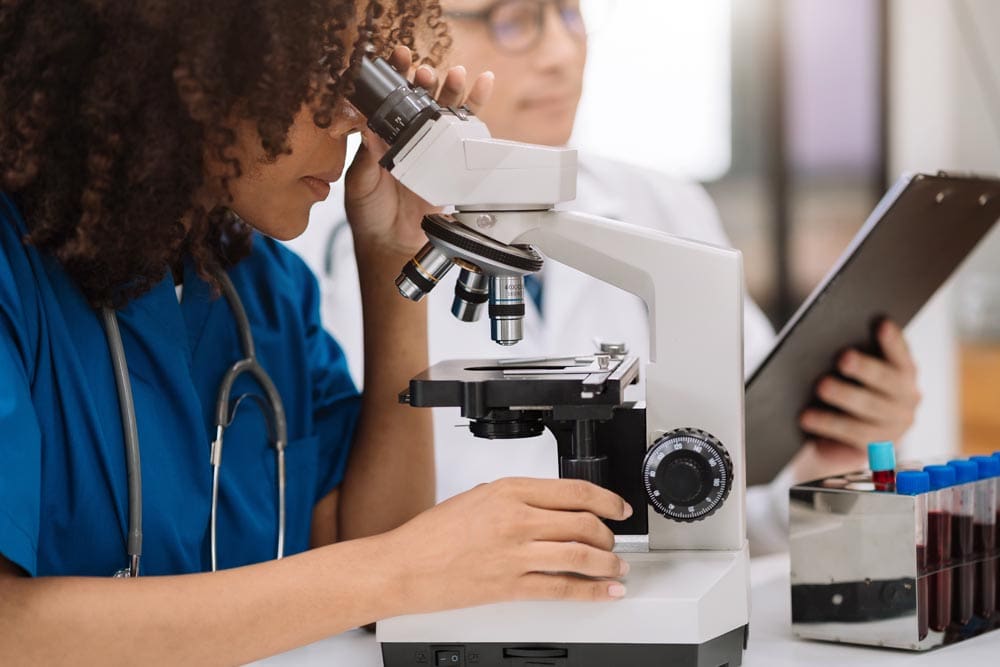When people think about cravings, they imagine the urge to eat one more cookie or order dessert after a big meal. These are relatively harmless cravings, except maybe to one’s waistline, and gives people the wrong idea of what drug cravings can really be like. True addictive cravings are much more intense and can, in the throes of full-blown addiction, be almost impossible to resist.
For the recovering addict, understanding the science of cravings and how to cope can be invaluable in helping them avoid relapse.
Drug and alcohol cravings are far worse than what we generally call cravings in a colloquial sense. The old advertising idea “can’t eat just one” is a simple matter of impulse control and the pleasure principle, but most people can resist a second piece of pie or curtail eating a bag of chips if the circumstances demand it.
This is not generally true for true addiction. Addicts, even those fully aware of the destructive nature of their substance abuse and the devastating effects it has on their life, will still choose to indulge in meeting their cravings, again and again, almost unable to choose otherwise.
Scientifically, addictive drugs create such an inescapable bond through the release of dopamine in the brain. Dopamine is the chemical released that increases feelings of pleasure and well-being and can be produced in many ways. While not literally creating those feelings, it convinces the brain that a certain feeling is more desirable and to increase the desire to repeat the sensation.

Addictive drugs can cause dopamine to flood the reward pathways of the brain by up to 10 times more than a natural reaction. Overwhelmed, the brain is unable to resist and begins to desire the drug to an unnatural extent, leading to the intense need for repeat hits. In turn, when the drug becomes difficult to acqure, the brain begins to go into withdrawal, lacking the feeling it desires, and the negative effects of the lack of the drug can kick in witih devastating effect.
So when an addict says they feel a craving, they aren’t expressing an idle whim for something they enjoy, like a child wishing for a piece of candy. They are feeling a real, potentially painful neurochemical reaction that makes resistance difficult if not impossible.
After detox and rehab, the strongest form of chemical addiction is no longer felt by the recovering addict, who has purged their system of the drug and has worked to restore their brain to a more natural state. But cravings do not simply go away. Memory makes them sharp still, the recovering addict remembers the positive feelings of drug use and certain triggers can revive intense cravings at time in a person.
It can be terrible for the recovering addict. Studies show that more than 90 percent of those who relapse say cravings played a part in their return to substance abuse.
At Good Landing Recovery, patients are taught a variety of methods on how to cope with such cravings, which can include support networks, personal meditation or prayer and many other strategies on how to deal with the sudden onset of a craving. None of these methods are perfect, but with diligence and assistance, they can be enough to help the recovering addict resist cravings and remain sober.
The science of cravings is terrible and the treatment options for how to cope can sometimes feel dreadfully inadequate, but hope is there for the recovering addict if they seek it. With help from support groups and training from programs like Good Landing, cravings can be resisted and relapse avoided. Give Good Landing a call today to find out where to start.

